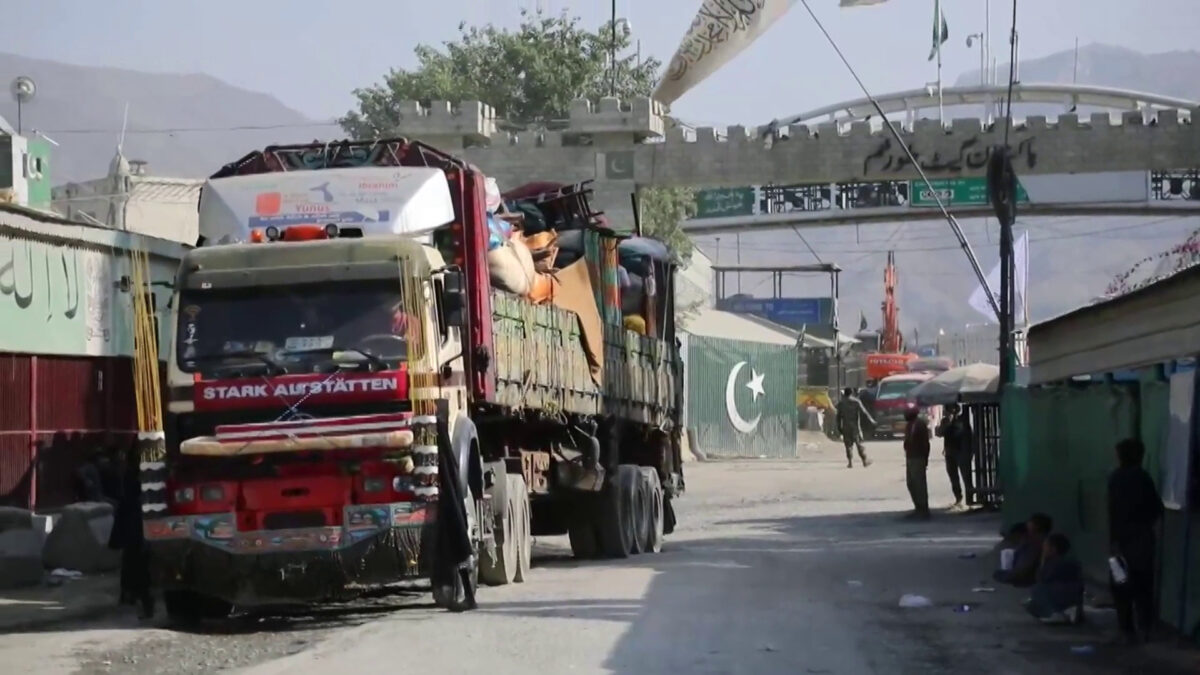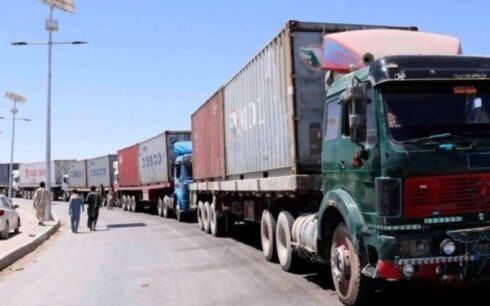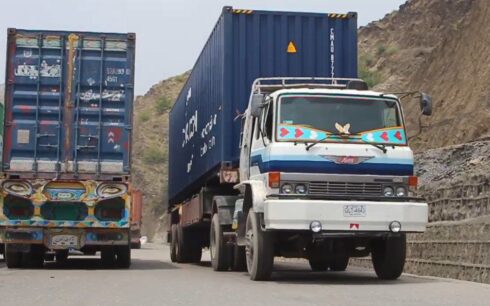Afghan traders and farmers on Monday reported significant financial losses due to increased tariffs imposed by the Pakistani government on fruit and vegetable exports.
They criticized Pakistan for creating obstacles, particularly during peak fruit and vegetable seasons in Afghanistan. Farmers said they are being forced to sell their produce at lower prices, unable to cover their costs.
According to the Afghanistan-Pakistan Joint Chamber of Commerce, Pakistan has raised tariffs on some Afghan products by up to 1,000 percent. The Taliban has also increased customs tariffs by up to 25 percent. These tariff hikes have effectively halted the export of Afghan fruits and vegetables to Pakistan.
The abrupt tariff increases have left traders with no choice but to sell their goods quickly and cheaply. Many shopkeepers in Afghanistan lack basic facilities, such as refrigeration, to store their produce, exacerbating the problem.
“In Afghanistan, when the fruit season comes, we don’t have refrigerators. It affects our economy,” one trader said.
About two weeks ago, Pakistan increased customs tariffs on twelve types of Afghan fruits and vegetables by up to 1,000 percent. Last week, the Taliban’s Ministry of Finance followed suit, raising tariffs on eleven types of produce by up to 25 percent.
Some exporters, unable to afford the higher tariffs, are choosing to sell their fruits and vegetables domestically. “Pakistan has significantly increased its customs tariffs. Since traders cannot export the fruits, the tariffs have increased by several percent. There is a need for cold storage in Afghanistan; last year I kept 17 containers of products in cold storage in Pakistan because the facilities were not available in Afghanistan,” said Rafiullah Jabarkhail, a fresh fruit exporter.
Pakistan is a primary market for Afghanistan’s fruits, and the increased tariffs have severely impacted exports. The Taliban-controlled National Statistics and Information Authority reported that Afghan exports decreased between June 10 and July 10, with less than $100 million worth of goods exported during this period.





